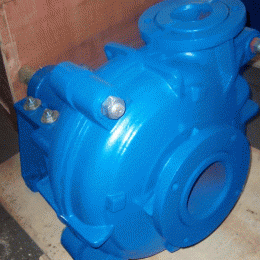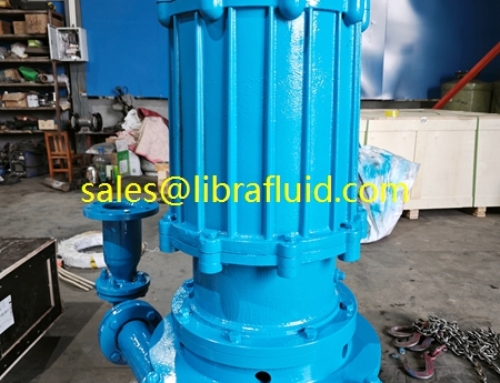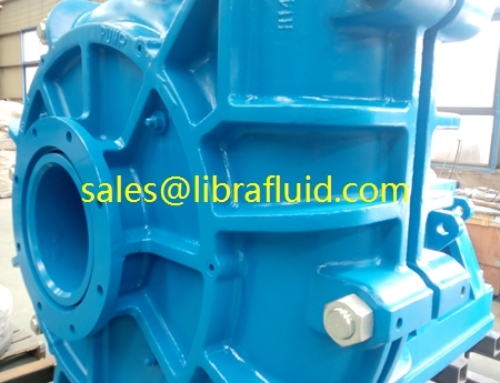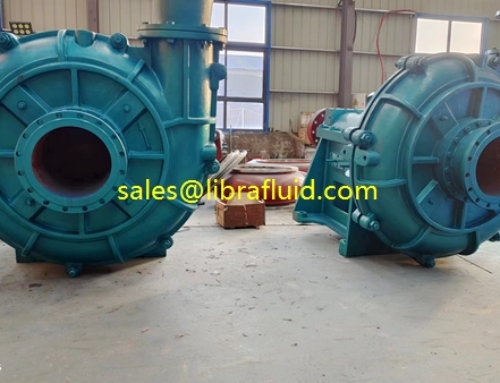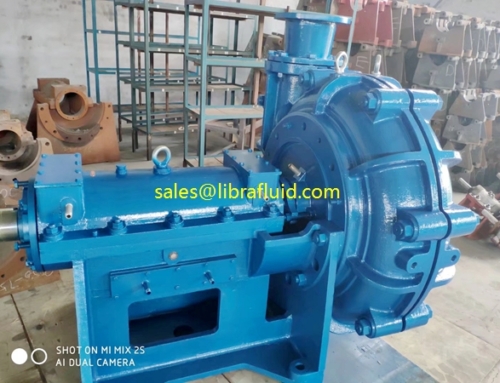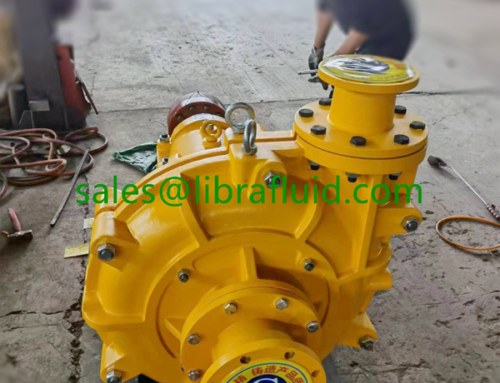Selection of materials to be used for slurry pump applications is not a precise procedure. Bellow we will talk how to select the suitable slurry pump material.
The procedure must first account for all the factors (variable characteristics) of the particular slurry. The procedure must take into account the constraints imposed by the following:
a)type of pump
b)pump speed
c)options within the range of the models available
The basic data required to make a selection of the type of material is:
a)the particle sizing of the solids to be pumped
b)the shape and hardness of these solids
c)the corrosive properties of the “liquid” component of the slurry to be pumped
The material selection for the pump liners and impellers is made from two basic types
of materials:
a)elastomers
b)wear/erosion resistant cast alloys
ELASTOMERS
The criteria for selection of the three elastomers commonly used are:
a) Natural Rubber
i)Excellent erosion resistance for liners (against solids up to 15mm size), but limited to particles of 5mm size for impellers.
ii)May not be suitable for very sharp edged solids.
iii)May be damaged by oversized solids or trash.
iv)Impeller peripheral speed should be less than 27.5 m/s, to avoid the thermal breakdown of the liner, adjacent to the outer edge of the impeller. (Special formulations are available to allow speeds up to 32 m/s in certain cases).
v)Unsuitable for oils, solvents or strong acids.
vi)Unsuitable for temperatures in excess of 77℃
b) Polyurethane
i)Used for pump side liners, where the peripheral speed of the impeller is higher than 27.5 m/s, (and precluding the use of standard rubber) and used for impellers where occasional trash may damage a rubber impeller.
ii)Erosion resistance is greater where erosion is of a sliding bed type rather than one of directional impact.
iii) Has less erosion resistance to fine solids than natural rubber. Has greater erosion resistance to coarse sharp edged particles than natural rubber, in some circumstances.
iv) Unsuitable for temperatures exceeding 70℃ and for concentrated acids and alkalies, ketone, esters, chlorinated and nitro hydrocarbons.
c) Synthetic Elastomers: Neoprene, Butyl, Hypalon, Viton A and others
These are used in special chemical applications under the following conditions:
i)Not as erosion resistant as natural rubber.
ii)Have a greater chemical resistance than natural rubber or polyurethane.
iii)Generally allows higher operating temperature than natural rubber or polyurethane.
WEAR/EROSION RESISTANT CAST ALLOYS
Wear resistant cast alloys are used for slurry pump liners and impellers where conditions are not suited to rubber, such as with coarse or sharp edged particles, or on duties having high impeller peripheral velocities or high operating temperatures.
NOTE: Unlined pumps are generally available only in these types of alloys.

